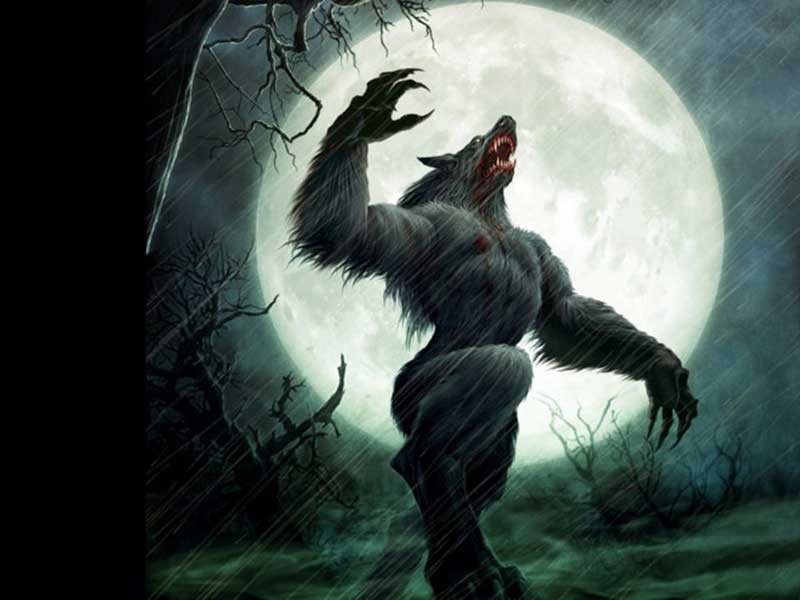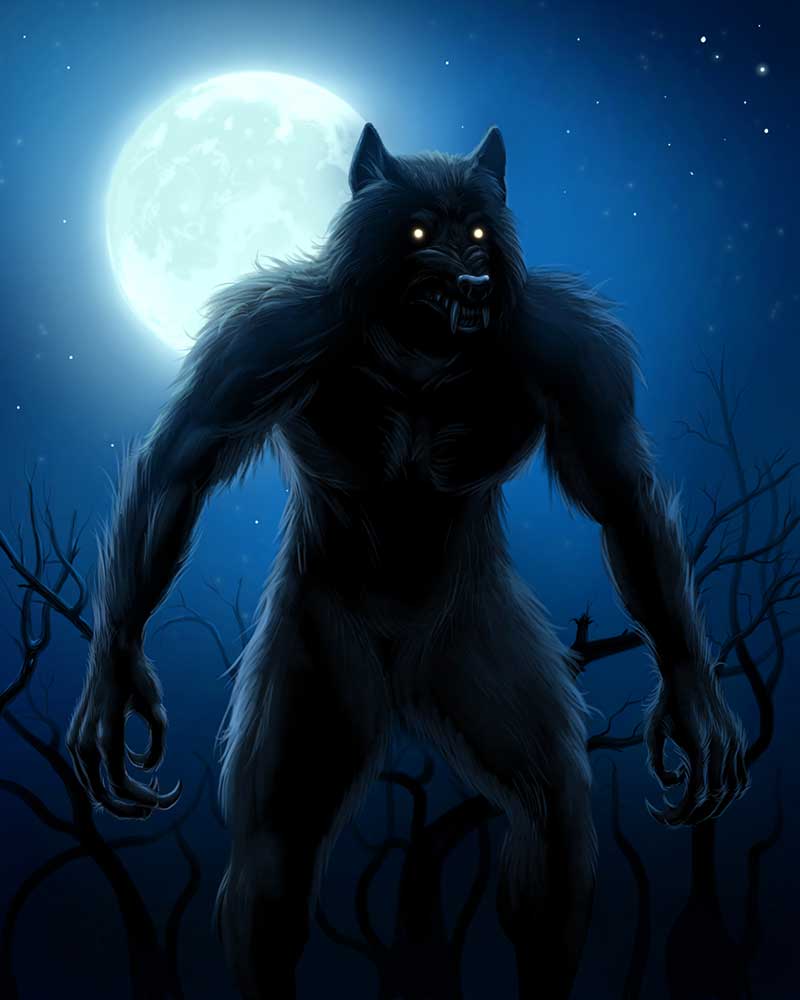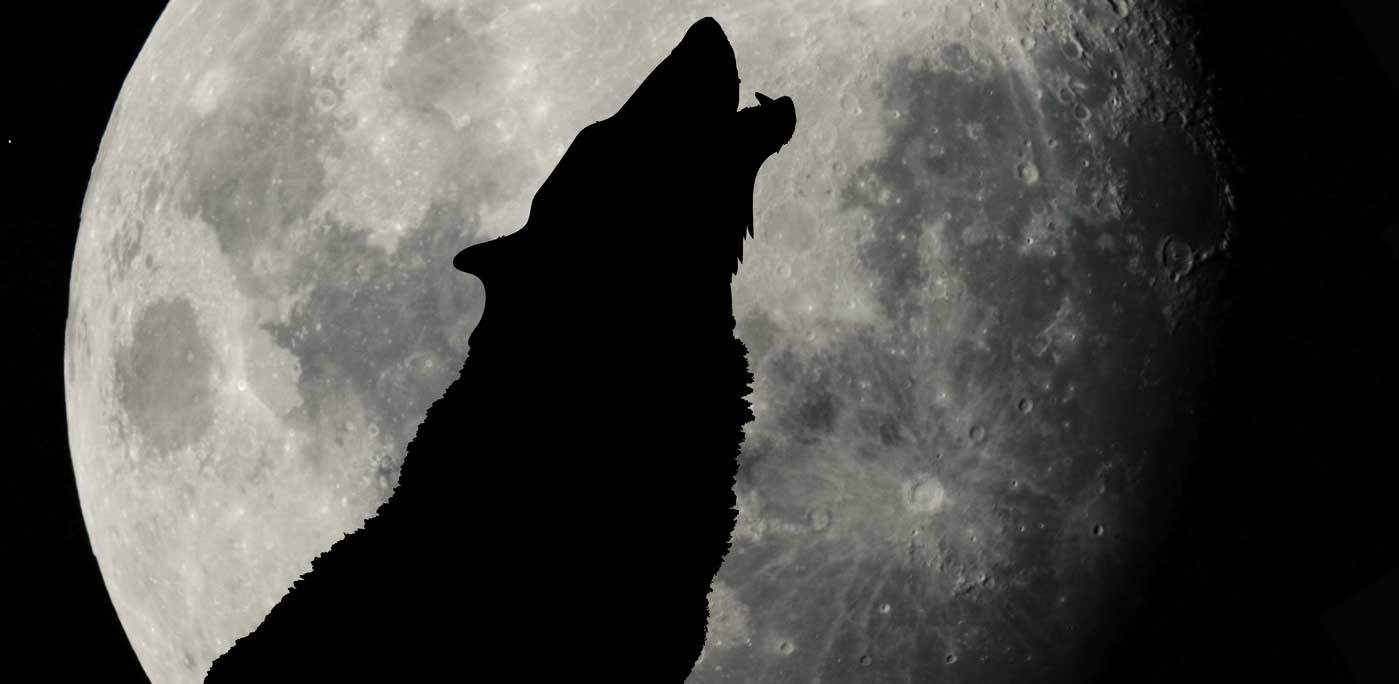While they may not be as trendy as their broody, ultra-dark mates, the vampires, werewolves have been certainly enjoying a bout of popularity in recent years, courtesy of a popular series of trashy, young adult novels — and subsequent movie franchise — of the early noughties.
Werewolves are also known, in a rather more elegant manner, as lycanthropes, a fancy term coming from the Greek words lycos, wolf, and anthropos, man. Nothing could be more correct, as werewolves are, indeed, men-wolves. Thanks to the birth and development of psychiatry, we know also there is an actual truth behind the existence of these fantastic creatures: lycanthropy is recognized as a psychopathology that leads sufferers to believe they can physically morph into wolves. The illness’ name comes, of course, from the mythological creature we’re talking about here.

But, going back to the legendary, eerie side of werewolves, truth is that they, just like vampires, are gothic monsters’ aristocracy: their lineage goes way back to Ancient Greece and they very much populated the nightmares of human beings in all epochs and in all places. Something not many may know, however, is that there is a region in Italy where werewolves are part of traditional lore more than in others: that region is beautiful Puglia.
But to understand the relationship between the “spur” or Italy’s boot and men wolves, alas, we need to start from those Greek legends I mentioned. Once upon a time, so the story goes, there was Lycaon, son of Pelasgus, one of the first kings of Arcadia, of which he, of course, inherited the throne. Now, Lycaon must have been some ladies’ man, because he had fifty sons and three daughters; he was also into tricking gods and cruelty, though, if we believe the narrative.
You see, Lycaon one day offered the flesh of one of his own children to a mendicant who had asked for hospitality as a meal: pity that poor beggar was no other than the father of all gods, Zeus, who notoriously loved shapeshifting to, among other things, run after mortal women and nymphs without his wife Hera noticing. Zeus, as you would expect, didn’t take Lycaon’s practical joke that well and punished the king of Arcadia by transforming him into a wolf, forced to roam forever in the lands of Arcadia. The connection between Lycaon the man wolf and Puglia happens in the person of one of his sons, Peucetius, whom mythology names as the first Greek to sail to and settle in Italy: guess where? Yes, in the region we know today as Puglia.

Greek legends or not, werewolves were known and feared in Puglia as early as the Middle Ages, when they were considered the embodiment of demons. There was also a fairly straight forward explanation for their existence, as tradition said that male babies — yes, she-werewolves are not part of the picture here — born in the night between the 24th and the 25th of December would be punished for the audacity of coming into this world the same day as Christ: an unconceivable idea in those centuries.
Fearing the proliferation of werewolves in their land, medieval Pugliesi had developed a series of rituals to free the unlucky newborn from the curse of turning into a four legged furry when the full moon shone in the sky. In some occasions, the baby’s father had to stand on the roof of his own home at midnight and shout “è natu nù stregone alla casa mia!”, that is, a creature of magic was born in my house: by doing so, he would make the curse manifest to the world and, thus, break it.
In other parts of the regions, however, things would take a darker — and far more dangerous — turn, when the newborn’s father had to cross the child’s feet with burning embers to cleanse his soul from evil. An even more gruesome version of the exorcism involved placing the baby inside a burning oven for a few seconds, so that light and fire could restore his soul’s purity.
If parents didn’t act timely, and the child grew to be a true werewolf, Pugliese traditions say he could still be saved if a fearless hand managed to wound and draw blood from his forehead during an lycanthropy episode: through the blood, vessel of the demonic infection, evil would leave the boy.
The ties between Puglia and werewolves are not only found in regional oral lore but also, at least in the Bitonto area, in architecture. Near the Città degli Ulivi (the city of olive trees), as Bitonto is known, we find the Torre del Lupomino, dialectal word for, you guessed it, werewolf. The 17th century stone building, legends say, was home to the local werewolf, direct descendant of the man who began it all: king Lycaon. And here, in this rural, charming corner of the province of Bari, werewolves’ legends and tales are particularly abundant, with many locals reminiscing about the terrifying stories their grandparents used to tell them and with some, especially among the elderly, who swear that, when they were young, you could hear werewolves howling and growling at the full moon almost every month.
And the tower?
Well, if you’re interested, it is not that difficult to find and you can visit what remains of it: the tower house is surrounded by what used to be, very likely, vineyards and today is abandoned. It’s main room has high, barrel vaulted ceilings and thick stone walls, a fireplace and only a small loophole to let the sunlight in: quite fitting, for the home of a demonic creature, when you think of it. There is also a smaller, adjacent room, apparently used to press grapes. Now, this is surprising: who would have thought that lycanthropes had a soft spot for winemaking?





























